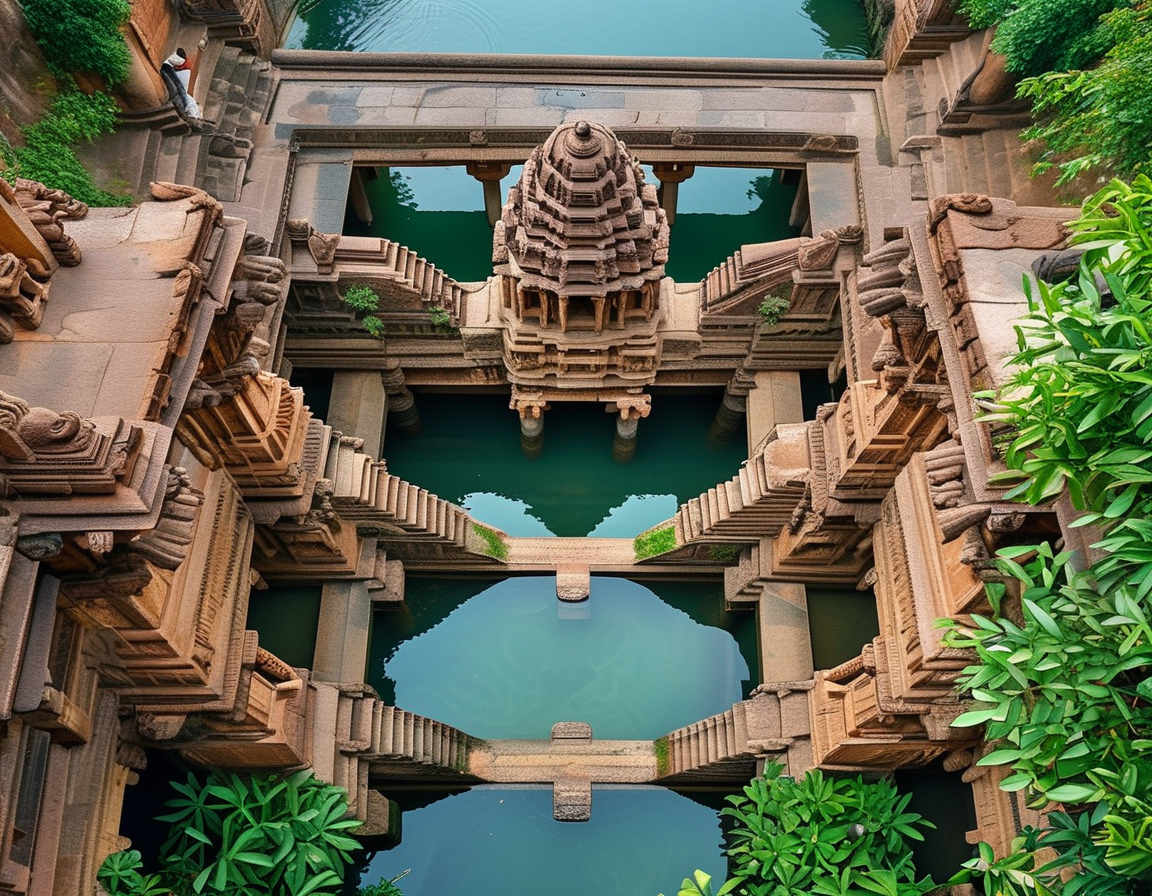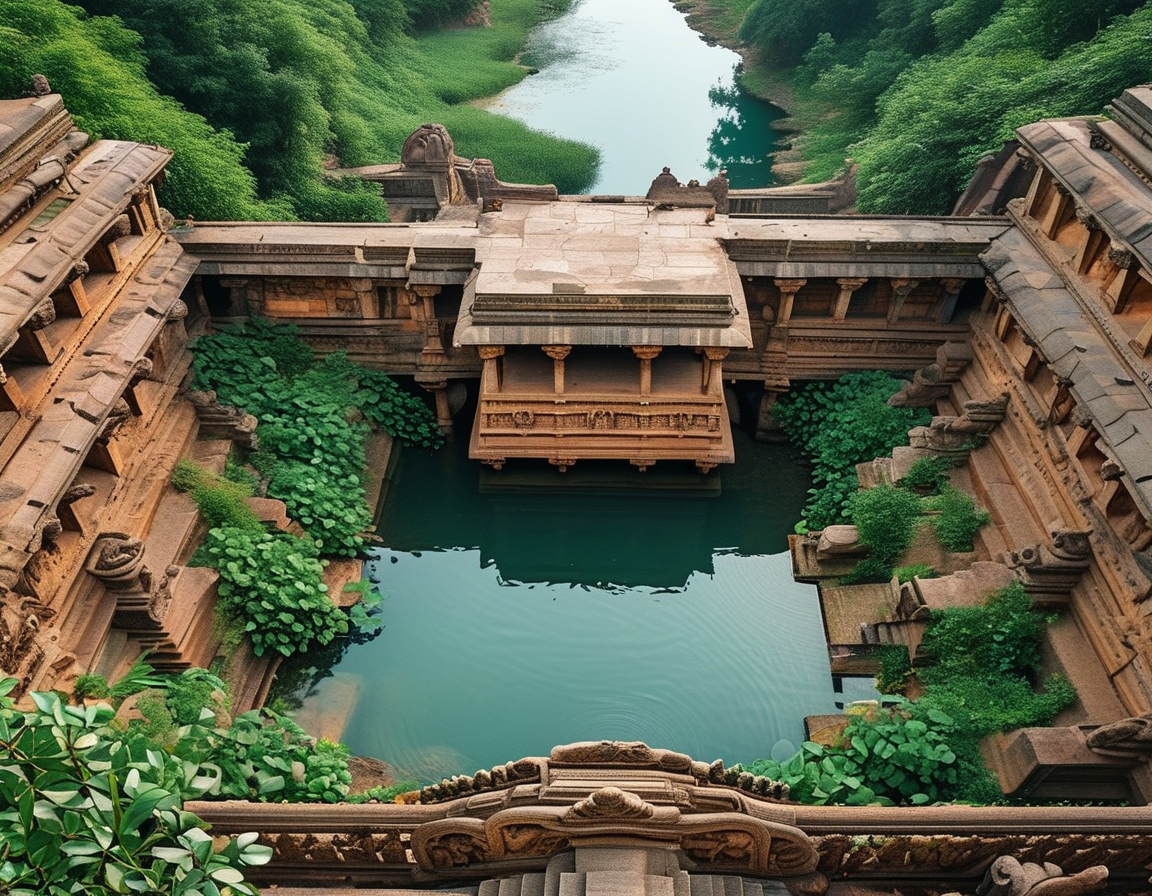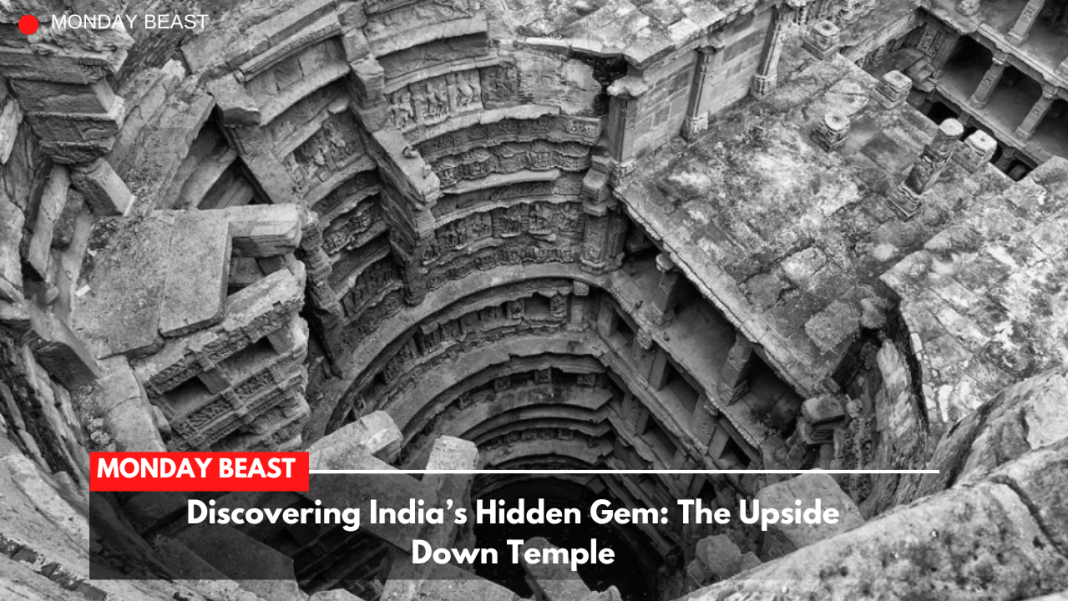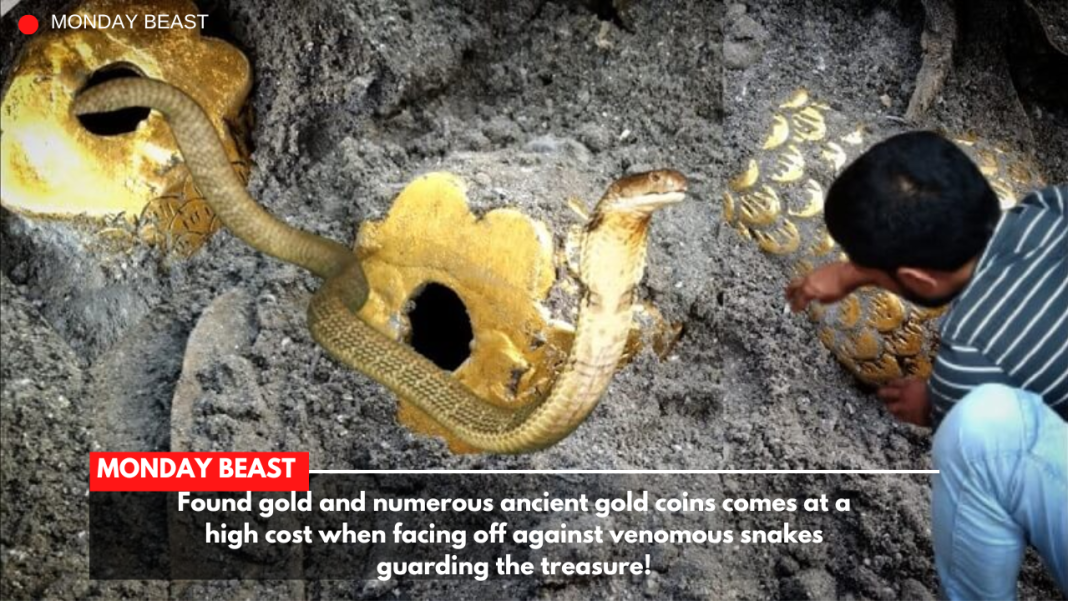The Rediscovery of Rani Ki Vav
Have you ever explored a place that felt alive with history? Rani Ki Vav is exactly that. Located in Gujarat, this stepwell was built in the 11th century. It was designed by Udayamati, a queen whose innovative spirit shines through its architecture. Silt and neglect buried it for centuries. Rediscovered in the 1940s, it underwent restoration in the 1980s. Now, it stands as a testament to India’s rich heritage and dedication to preserving its past.
A Sacred Inverted Temple

Why does water hold such spiritual significance? In Rani Ki Vav, water is worshipped as a source of life. The stepwell functions like an inverted temple, with stairs leading down through seven levels. This unique design reminds us of the vital role water plays in our lives, especially in arid regions. The intricately carved panels showcase stories and symbols that reflect a profound respect for nature. Every step down is a step into history.
Artistry in Stone
Can art transform how we see the world? With over 500 principal sculptures and more than 1,000 minor ones, Rani Ki Vav is a canvas of religious, secular, and symbolic imagery. Each carving tells a story, inviting visitors to ponder its meaning. Imagine standing before these ancient figures, feeling their gaze upon you. How does it feel to connect with a culture so different yet so similar to ours?
UNESCO Recognition

What makes Rani Ki Vav so special in today’s context? Earning a UNESCO World Heritage designation in 2014 was a recognition of its importance. This acknowledgment draws visitors from around the globe. It highlights how our historical narratives are intertwined with modern life. As we face environmental challenges, Rani Ki Vav stands as a reminder of harmony with nature. Perhaps we can learn from its past to create a sustainable future.
Personal Reflections
Have you ever traveled somewhere that changed how you think? Visiting Rani Ki Vav could do just that. Standing at the edge, looking down, you might feel a mix of awe and insignificance. It challenges our perspective on architecture and nature’s relationship. A place like this sparks curious questions and ignites our imagination—what stories lie buried beneath our feet? Rani Ki Vav invites thoughtful reflection. In a world filled with noise, it reminds us to cherish the stories that water and stone have to tell.




